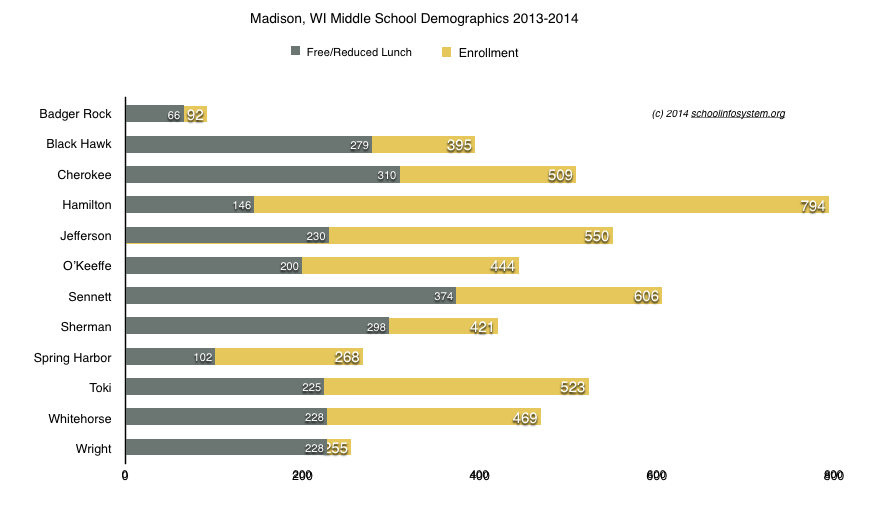The Myth of "Public" Schools
Matthew Yglesias:
This disturbing article about a rich neighborhood of Baton Rouge, La., that wants to secede so it won't have to share school funding with poorer neighborhoods reminds me of one of my great frustrations with the K-12 education policy debate--the terminology of "public schools."
The way the word is used a school is "public" if it is owned by a government entity and thus part of the public sector. But a public school is by no means a school that's open to the public in the sense that anyone can go there. Here in the District of Columbia anyone who wants to wander into a public park is free to do so (that's what makes it public) but to send your kid to a good "public" elementary school in Ward 3 you have to live there. And thanks to exclusionary zoning, in practice if you want to live in Ward 3 you have to be rich. It wouldn't be legal to respond to the very high price of land in the area by building homes on small lots, or building tall buildings full of small affordable apartments.
Since D.C. doesn't have Louisiana's political culture, Ward 3 generally doesn't have a problem with its tax dollars subsidizing the schools in Wards 5, 7, and 8, but if you proposed randomly assigning students to schools to produce integrated instructional environments, you'd have an epic battle on your hands.

Madison has long supported a wide variation in school demographics. The chart above, created from
2013-2014 Madison School District middle school demographic data, illustrates the present reality, with the largest middle school - near west side Hamilton - also featuring the smallest percentage low income population.
Posted by Jim Zellmer at February 8, 2014 1:43 AM
Subscribe to this site via RSS/Atom:  Newsletter signup | Send us your ideas
Newsletter signup | Send us your ideas


 | Newsletter signup | Send us your ideas
| Newsletter signup | Send us your ideas
 Newsletter signup | Send us your ideas
Newsletter signup | Send us your ideas